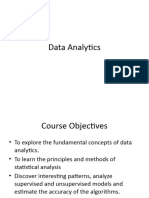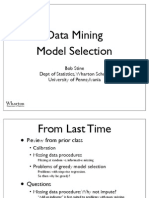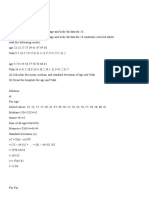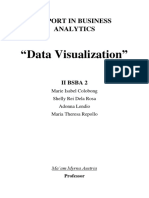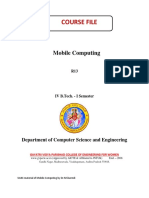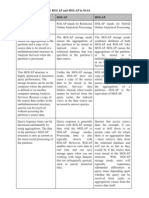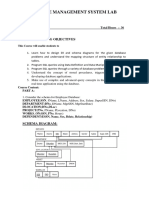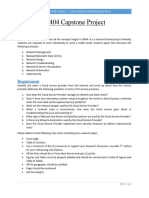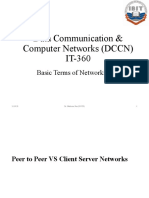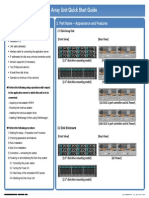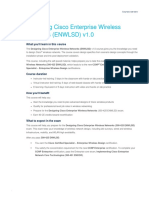100% found this document useful (1 vote)
7K views6 pagesWeek 3 - Data Engineering Lifecycle
The document discusses the key components of a data engineering lifecycle including data ingestion, storage, processing, analysis and user interface layers. It also covers important concepts like data platforms, data stores, data security, data collection, data wrangling and tools used for data transformation. Some key points are:
- The architecture of a data platform consists of layers that ingest, store, process and deliver data to users.
- Choosing a data store depends on data type, volume, intended use and security/governance needs.
- Data collection gathers data from various sources using tools like APIs, web scraping and data exchanges.
- Data wrangling transforms and cleanses raw data using
Uploaded by
Amine BouzidiCopyright
© © All Rights Reserved
We take content rights seriously. If you suspect this is your content, claim it here.
Available Formats
Download as PDF, TXT or read online on Scribd
100% found this document useful (1 vote)
7K views6 pagesWeek 3 - Data Engineering Lifecycle
The document discusses the key components of a data engineering lifecycle including data ingestion, storage, processing, analysis and user interface layers. It also covers important concepts like data platforms, data stores, data security, data collection, data wrangling and tools used for data transformation. Some key points are:
- The architecture of a data platform consists of layers that ingest, store, process and deliver data to users.
- Choosing a data store depends on data type, volume, intended use and security/governance needs.
- Data collection gathers data from various sources using tools like APIs, web scraping and data exchanges.
- Data wrangling transforms and cleanses raw data using
Uploaded by
Amine BouzidiCopyright
© © All Rights Reserved
We take content rights seriously. If you suspect this is your content, claim it here.
Available Formats
Download as PDF, TXT or read online on Scribd
/ 6



